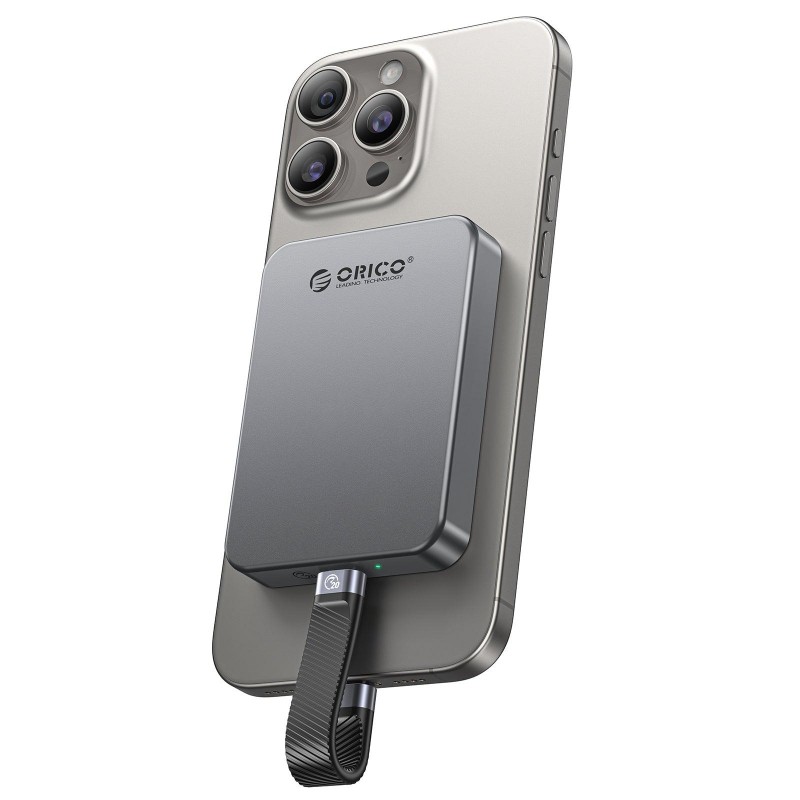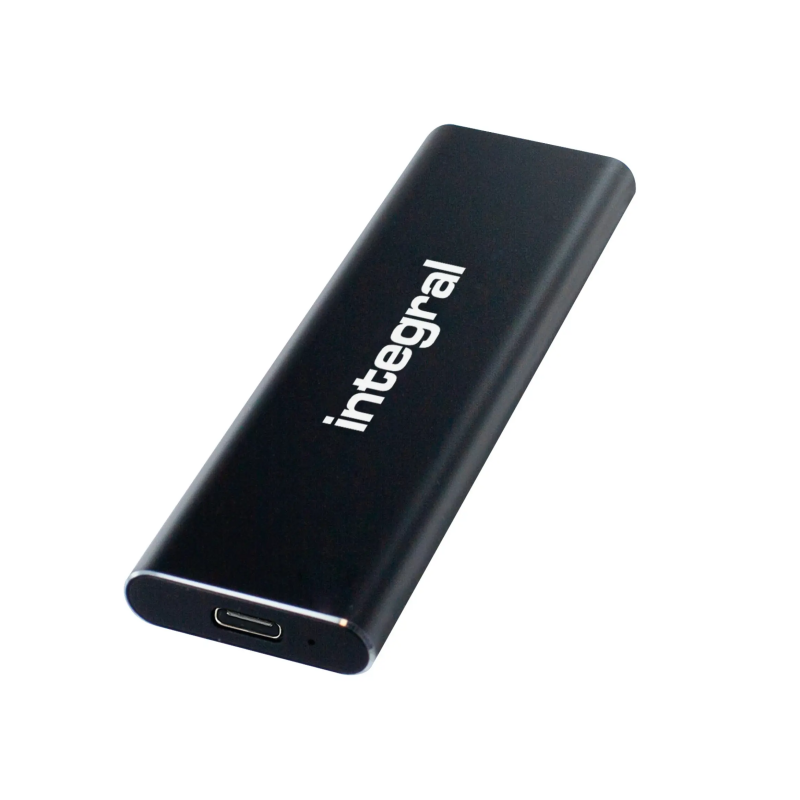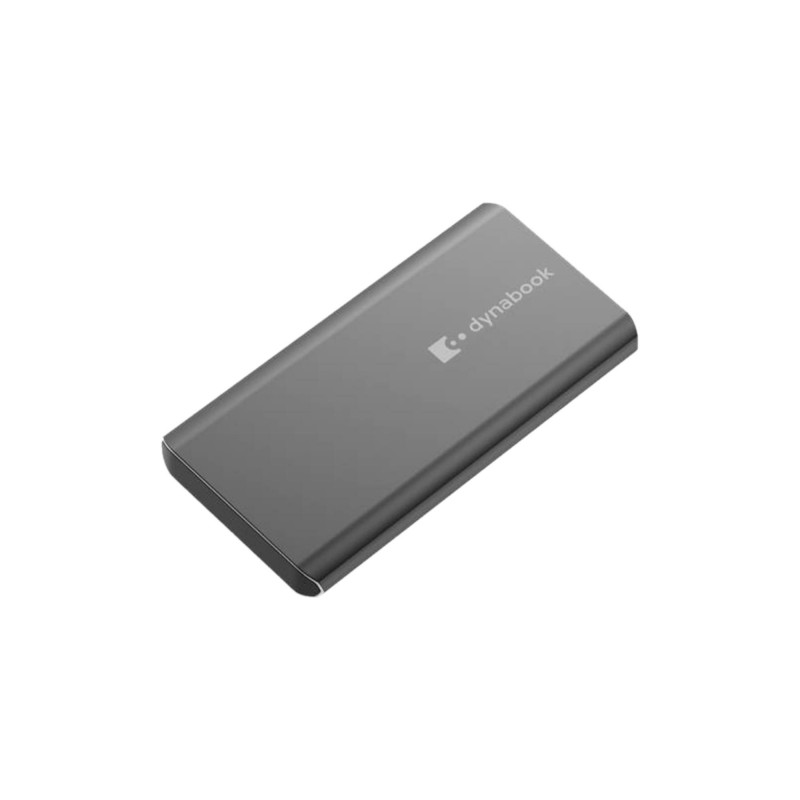In today’s fast-paced digital world, the need for efficient data transfer solutions is paramount. Whether you’re a professional photographer editing high-resolution images, a video editor dealing with large files, or an everyday user wanting to back up essential documents, a portable SSD for transfer can be a game-changer. Unlike traditional hard drives, portable SSDs offer remarkable speed and reliability while maintaining a compact form factor, making them ideal for on-the-go data management. These devices not only speed up file transfer times significantly but also provide the durability necessary to keep your data safe during travel. In this comprehensive guide, we’ll explore the world of portable SSDs, focusing on their features, benefits, comparison with other storage options, and tips for selecting the best model. By the end of this article, you’ll be well-equipped to make an informed decision about investing in a portable SSD for transfer.
What is a Portable SSD?
To begin, let’s define what a portable SSD is and how it functions.
Definition and Functionality
A portable SSD (Solid State Drive) is a compact external storage device that utilizes solid-state memory to store data. Unlike traditional hard drives that use spinning disks to read and write data, SSDs use flash memory, allowing for faster access and transfer speeds. This technology also eliminates moving parts, resulting in increased durability and shock resistance.
Key Features of Portable SSDs
- Speed: Portable SSDs provide significantly faster data transfer rates compared to traditional hard drives. Many models can reach speeds of up to 1,000 MB/s or more.
- Compact Size: Designed for portability, these drives are lightweight and easy to carry, often fitting snugly in a pocket or bag.
- Durability: With no moving parts, SSDs are less susceptible to physical damage from drops or bumps, making them suitable for travel.
- Compatibility: Most portable SSDs are compatible with a wide range of devices, including laptops, desktops, and gaming consoles.
- Security: Many portable SSDs come with hardware encryption options, ensuring that your data remains secure and protected.
Benefits of Using a Portable SSD for Transfer
Using a portable SSD provides numerous advantages over traditional storage methods. Here are some compelling reasons to choose a portable SSD for transfer:
1. Enhanced Speed and Performance
The primary advantage of using a portable SSD for transfer is its remarkable speed. When working with large files, like 4K videos or extensive databases, the faster read and write speeds of SSDs significantly cut down on transfer times, allowing users to work more efficiently.
2. Reliability and Durability
Due to the absence of moving parts, portable SSDs are generally more reliable than traditional hard drives. They can withstand rough handling and environmental factors better, ensuring that your data stays safe during travel. Additionally, many SSDs also come with ruggedized options that can endure extreme conditions.
3. Compact and Lightweight Design
Portability is a key reason many users opt for SSDs. Their lightweight and compact design allows for easy transport, making it simple to back up or transfer files anywhere. This feature is particularly advantageous for professionals who may need to carry their work with them.
4. Energy Efficiency
Portable SSDs generally consume less power than traditional hard drives. This efficiency means longer battery life for laptops when using external SSDs, which is beneficial when working remotely or on long flights.
5. Versatile Use Cases
The versatility of portable SSDs makes them suitable for a wide range of applications—from simple file backups and storage expansion for devices like gaming consoles to high-performance solutions for video editing and rendering.
Choosing the Right Portable SSD for Transfer
When selecting the best portable SSD for transfer, several factors come into play. Understanding these can guide you in making an informed choice.
1. Storage Capacity
One of the first considerations when choosing a portable SSD is storage capacity. These drives are available in various sizes, ranging from 250 GB to several terabytes. Here’s how to assess your needs:
- Casual Users: If your primary use involves backing up documents, a drive with 500 GB to 1 TB of storage should suffice.
- Creative Professionals: For photographers and videographers, a 2 TB or more SSD is often necessary to handle large files effectively.
- Long-Term Investment: Consider how your storage needs might change over time. Opting for a larger capacity may save you from needing to upgrade frequently.
2. Speed Ratings
While most portable SSDs offer faster speeds than traditional hard drives, they can still vary widely. Look for:
- Read/Write Speeds: Higher speed ratings indicate better performance. Popular models can reach speeds of 1,000 MB/s or higher.
- Interface Types: Ensure the SSD uses a fast connection interface like USB 3.1 Gen 2 or Thunderbolt 3, as this contributes to faster transfer rates.
3. Build Quality and Durability
Evaluate the build quality of the portable SSD, especially if you plan to travel frequently with it.
- Rugged Designs: Some manufacturers offer ruggedized models that can withstand water, dust, and drops for added durability.
- Enclosure Material: Look for drives constructed with high-quality materials such as aluminum or reinforced plastic.
4. Connectivity Options
Consider the connectivity options available with the portable SSD:
- USB Compatibility: Most SSDs will have USB Type-A or Type-C connections. Ensure the SSD you choose is compatible with your devices.
- Cable Included: Check if the drive comes with the necessary cables or if you need to purchase them separately.
5. Data Security Features
If your data is sensitive, having built-in encryption can protect it from unauthorized access.
- Hardware Encryption: Look for drives that offer AES 256-bit hardware encryption for enhanced security.
- Password Protection: Some SSDs allow you to set a password, adding another layer of security.
6. Price and Warranty
Prices for portable SSDs can vary greatly based on capacity, speed, and brand.
- Budget Consideration: Compare different models within your budget range, but remember: higher prices often correlate with better performance and durability.
- Warranty Options: Check for warranties offered by the manufacturer, as longer warranty periods indicate confidence in their product’s longevity.
Setting Up Your Portable SSD for Transfer
Once you’ve acquired a portable SSD for transfer, the next step is the setup process. Here’s how to get started:
1. Connect to Your Device
- Using USB: Connect the SSD to your computer via the appropriate USB port. Most operating systems will automatically recognize the drive upon connection.
- Power-On: Some SSDs do not need additional power sources, while others may come with an external power supply. Follow the manufacturer’s requirements.
2. Format the Drive
Formatting may be necessary, particularly if you’re using the SSD for the first time or switching it between operating systems.
- Windows Users: Right-click the drive in “This PC” and select “Format.” Choose the file system (NTFS for larger files, FAT32 for compatibility).
- Mac Users: Use Disk Utility to format the drive. Select the SSD, click “Erase,” and choose the file system (APFS for Apple devices or ExFAT for cross-compatibility).
3. Prepare for File Transfer
- Organizing Files: Before transferring files, consider organizing them into folders. This makes navigating the SSD much easier once you begin populating it with data.
- Drag and Drop: Simply drag and drop files from your device onto the SSD, or you can use copy-paste as an alternative.
4. Using Backup Software
Consider using backup software to automate the process of transferring files to your SSD. Many SSD manufacturers provide proprietary software designed to assist with backups and file transfers.
- Software Options: Research and choose reliable software that features scheduling, incremental backups, and easy access to your files.
5. Ejecting the Drive Safely
Once you have completed the file transfers, always remember to eject the drive safely to avoid data corruption.
- Eject on Windows: Right-click the drive in “This PC” and select “Eject.”
- Eject on Mac: Drag the SSD’s icon to the Trash or click the eject button next to the drive in Finder.
Troubleshooting Common Issues with Portable SSDs
While portable SSDs are generally reliable, issues can arise from time to time. Here are some common problems with solutions:
1. Drive Not Detected
If your computer does not recognize the portable SSD, consider these steps:
- Check Connections: Ensure cables are securely connected and functional.
- Use a Different Port: Try connecting the SSD to another USB port to eliminate port-specific issues.
- Restart Your Device: A simple reboot can refresh connections and recognize the SSD.
2. Slow Transfer Speeds
If you notice your transfer speeds are slower than expected:
- Check Cable Quality: Make sure you’re using high-quality, compatible cables.
- Review Device Specifications: Ensure your device’s ports support the SSD’s transfer speeds, such as USB 3.1 or Thunderbolt connections.
- Run Antivirus Software: Malware can slow down transfer speeds. Run a scan to ensure your system is free of threats.
3. Inaccessible Files
If you encounter issues accessing files stored on the SSD:
- Check File System Compatibility: Verify that the file system is supported by your device.
- Utilize Recovery Software: In cases of file corruption or accidental deletion, consider using recovery software tailored to retrieve files from SSDs.
4. Overheating Issues
Portable SSDs can occasionally overheat, especially during prolonged use. To mitigate this:
- Improve Ventilation: Ensure the drive is in a well-ventilated area when in use.
- Limit Continuous Use: Give the drive breaks between sessions, allowing it to cool down.
Maintaining Your Portable SSD for Transfer
To ensure the longevity and optimal performance of your portable SSD, follow these maintenance tips:
1. Keep it Clean
- Regular Dusting: Use a soft cloth to remove dust and dirt from the drive’s exterior.
- Avoid Moisture: Keep the drive dry and protect it from exposure to environments with high humidity.
2. Perform Regular Backups
- Regular Transfers: Regularly back up essential files to reduce the chances of data loss.
- Redundancy: Consider utilizing multiple backup methods, such as cloud services, to ensure data redundancy.
3. Implement Proper Storage Practices
- Storage Cases: When not in use, store your SSD in a protective case to shield it from physical damage.
- Avoid Extreme Temperatures: Keep the SSD away from extreme heat or cold, as both can impact durability.
4. Monitor Performance
- Track Usage: Pay attention to how the SSD performs during file transfers. If speeds diminish, investigate potential underlying issues.
- Use Software Tools: Many SSD manufacturers offer monitoring software that provides insight into SSD health, including temperature, lifespan, and performance metrics.

Conclusion
Using a portable SSD for transfer has become an essential practice for anyone needing to move, store, or back up data efficiently. With their outstanding speed, durability, and compact size, portable SSDs stand out as superior storage solutions in a world saturated with digital information. This guide has walked you through understanding, selecting, setting up, and maintaining a portable SSD, empowering you to maximize its capabilities.
As technology continues to evolve, portable SSDs will likely become even more accessible and powerful, further streamlining our data management processes. Whether you’re a creative professional, a student managing academic files, or someone simply looking to keep personal data secure, a portable SSD is a smart investment. Embrace a future where your data is at your fingertips, easily transported and reliably stored, allowing you to focus on what matters most in your digital lifestyle.